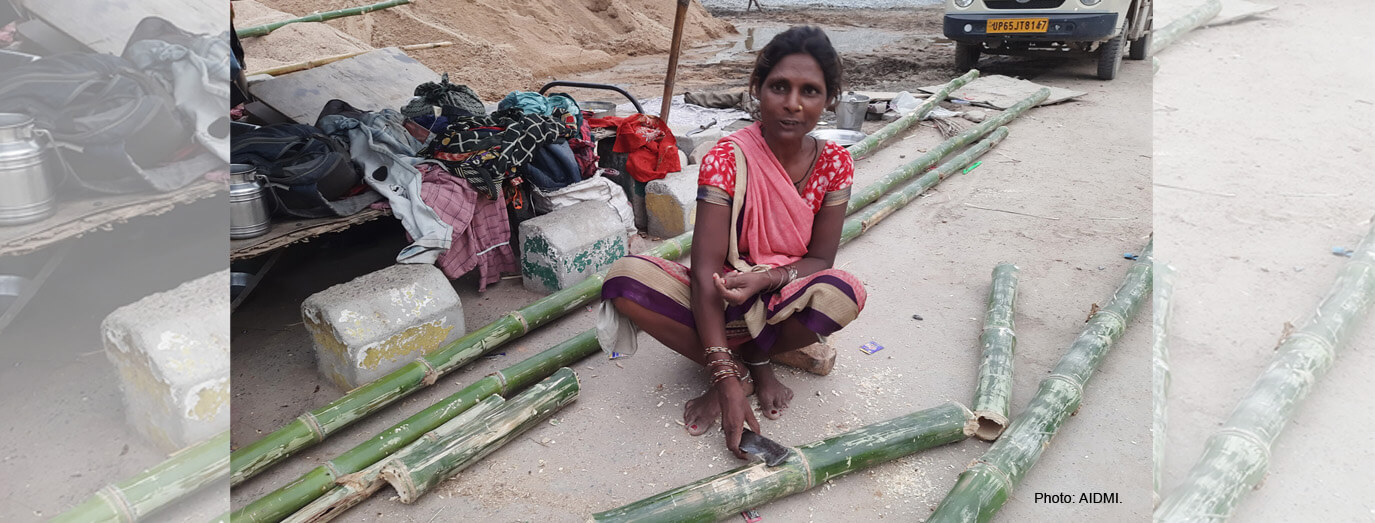
By Imran Majid, Manager for Programs, ADRA, India
The scorching breath of heatwaves is a growing global concern, but nowhere is it felt more acutely than in India. As someone who has spent over a decade working in disaster risk reduction, I have witnessed firsthand the devastating impact of these extreme weather events. The problem is no longer a distant threat; it is a stark reality unfolding across India, demanding immediate attention and proactive solutions.
India’s diverse geography and climate make it particularly susceptible to heatwaves. While almost all regions are at risk, my experience points to the northern part of the country as particularly vulnerable due to a combination of factors, including their proximity to the Thar Desert, low forest cover, and high population density.
Even regions typically known for their cooler climates, like Kashmir, are not immune. The valley, often celebrated for its snow-capped mountains and pleasant summers, is experiencing a changing climate. Rising temperatures and erratic weather patterns are increasing the likelihood of heatwaves even in this mountainous region, impacting not only the health of its residents but also its delicate ecosystem and vital tourism industry.
India’s approach to heatwaves includes strategies implemented both domestically and in global contexts. Domestically, India focuses on early warning systems, heat action plans, and public awareness campaigns to reduce heat-related risks. These efforts target vulnerable groups such as the elderly and outdoor workers, aiming to build resilience in urban and rural areas.
Internationally, India participates in climate agreements like the Paris Agreement, committing to reducing greenhouse gas emissions and adapting to climate impacts, including heatwaves. India also collaborates globally, sharing knowledge and engaging in joint initiatives to address common challenges related to heatwaves and enhance climate resilience. These actions underscore India’s comprehensive strategy to address heatwaves nationally while contributing to global efforts on climate change mitigation and adaptation.
The consequences of inaction are dire. Heatwaves exacerbate existing vulnerabilities, pushing communities further into poverty and hardship. Agricultural production is declining, livelihoods are being impacted by disruptions, and constraints are being faced by public health systems. The most tragic consequence, of course, is the loss of precious lives. However, amidst this sobering reality, there is hope. We can mitigate the impact of heatwaves by focusing on two key areas: information dissemination and capacity building.
Firstly, we need to ensure that accurate and accessible information about heatwaves reaches every corner of the country. This includes raising awareness about the risks, early warning systems, and practical steps individuals and communities can take to protect themselves. We must bridge the gap between scientific knowledge and community action.
Secondly, building capacity at all levels is crucial. Professionals in disaster management, healthcare, and related fields must be equipped with the knowledge and skills to respond to heatwave emergencies effectively. All the stakeholders (government line departments, NGOs, CSOs, CBOs) must work in a coordinated manner to implement heat action plans and ensure the timely delivery of essential services.
Most importantly, we must empower local communities to become resilient to this growing threat. This involves providing them with the tools and resources to prepare for and cope with heatwaves, including access to cooling centres, promoting traditional heat management practices, and fostering community-based early warning and response systems.
Further measures can enhance India’s response to heatwaves:
The fight against heatwaves is not just a matter of policy but of survival. By prioritising information dissemination and capacity building, we can equip ourselves to face this challenge head-on. Let us create a safer, more resilient India for future generations.
Photo caption: “The heat gets worse every year, but our wages stay the same. The big contractors do not care if our children suffer in this heat. They do not provide any shade or water for them while we work.” – A woman construction worker in Uttar Pradesh. Photo: AIDMI.
Disclaimer: The views expressed in this piece are those of the author/s and do not necessarily reflect the views or policies of AIDMI.